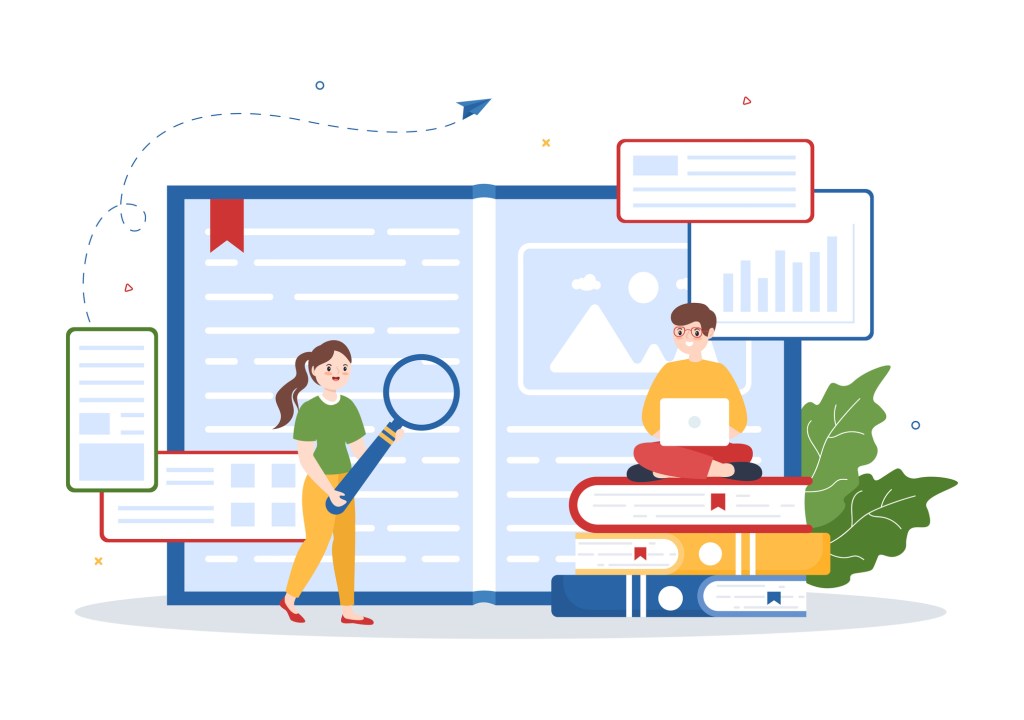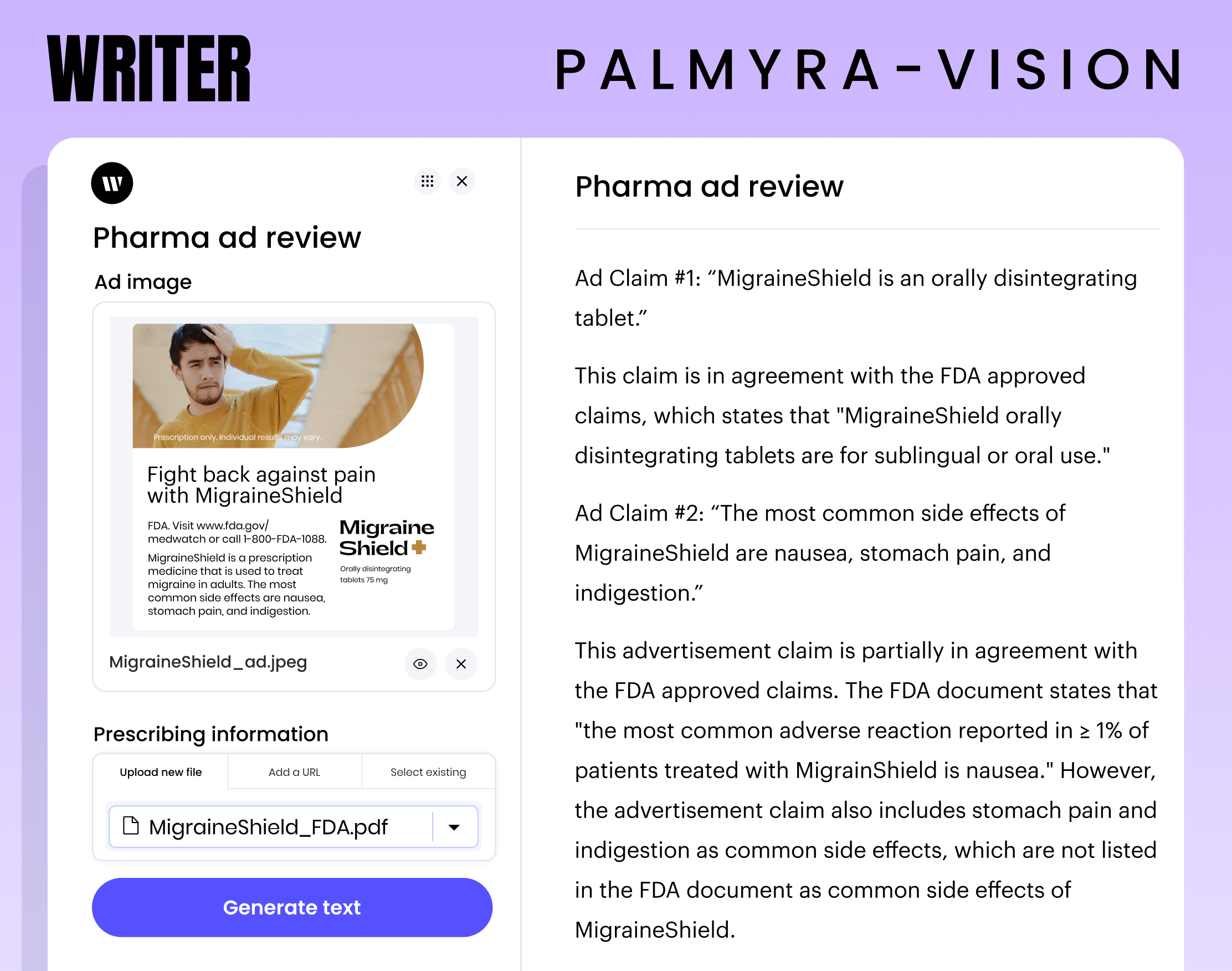
Android introduced five updates on Tuesday as part of its latest release of the mobile operating system. Available for smartphones, tablets, and Wear OS watches, the new features include audio descriptions of images, text-to-speech technology for web pages in Chrome, and the ability to look up songs with “Circle to Search,” among other things.
Initially announced in May, all Android users are officially getting “TalkBack,” an accessibility feature for people who are blind or have low vision. The feature is Google’s version of a screen reader, which provides detailed audio descriptions of digital images. TalkBack is powered by Gemini Nano, Google’s large-language-model-based platform. Users can now hear descriptions of all sorts of images, like online products, photos in their camera roll, or pictures in text messages.
Another new accessibility feature is “Listen to this page,” which allows users to listen to webpages in the Chrome browser, whether that’s a blog post, news article, or recipe. The feature is helpful for those who are blind or have a learning disability, and people who prefer listening over reading. Users can pause, rewind, and fast forward, as well as set their preferred listening speed and the type of language and voice. It supports several languages, including English, French, German, Arabic, Hindi, and Spanish.

Google’s Circle to Search feature, which was announced earlier this year, enables users to search from anywhere on their phone by making gestures like circling, highlighting, scribbling, or tapping. The feature now allows Android users to search for songs via a new music button, eliminating the need to open a third-party app like Shazam. Users can simply activate Circle to Search by long pressing the home button or navigation bar.
The new music capability can identify songs playing from the phone or in the background through nearby speakers. In addition to displaying the track name and artist, it also directs them to music videos via the YouTube app.
According to some Reddit users, the music capability has been gradually rolling out to Samsung device users for a few weeks now.

Android’s earthquake alert system has been available for some time. However, it’s now expanding to all U.S. states and its six territories. It was first launched in California in 2020, and it uses smartphone sensors to detect tremors and help people prepare for natural disasters and emergencies. For earthquakes of a magnitude of 4.5 or higher, Android sends out two types of warning alerts, either giving you a heads-up about a light amount of shaking or an alert recommending more immediate action if it detects extreme shaking.
Android smartwatch users can use offline maps, a Google Maps capability for people to get around if they leave their phone behind, get lost, or find themselves without cell phone service. Watch OS also launched two new shortcuts to allow users to search for destinations using their voice or quickly tap the watch face to see where they are on the map.
These features are launching alongside Android 15, which will roll out to more devices later this year, including Pixel devices.










